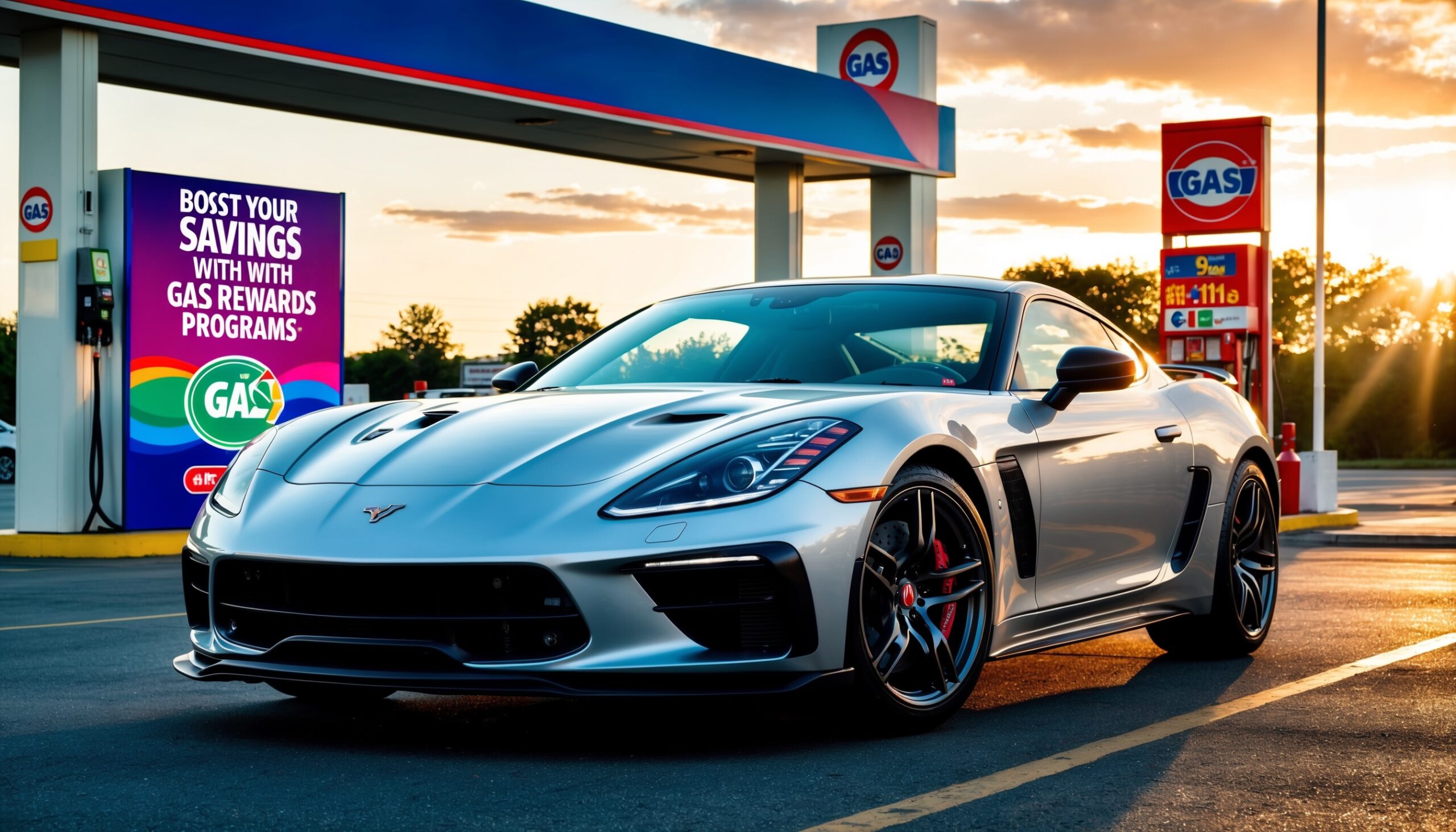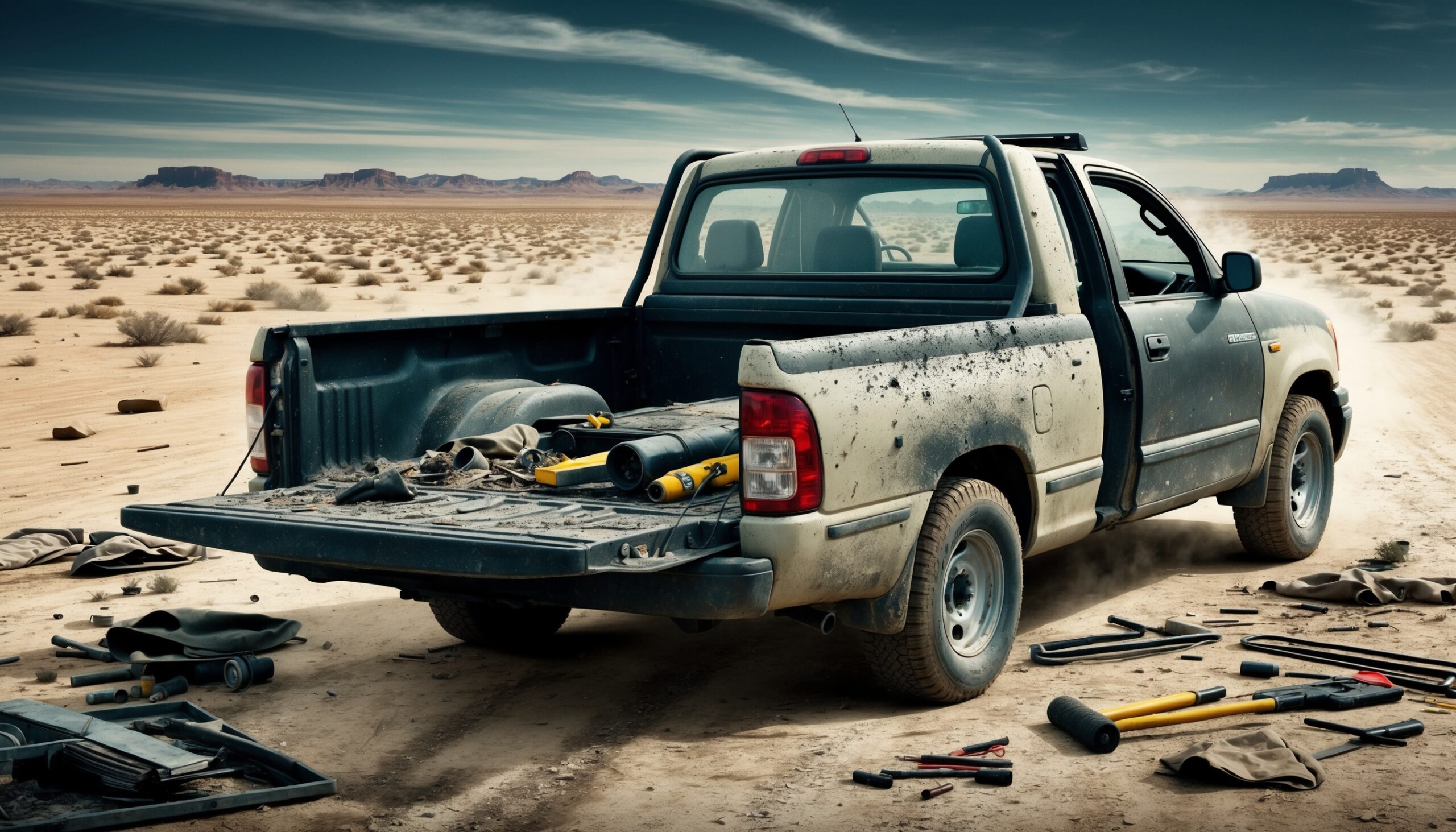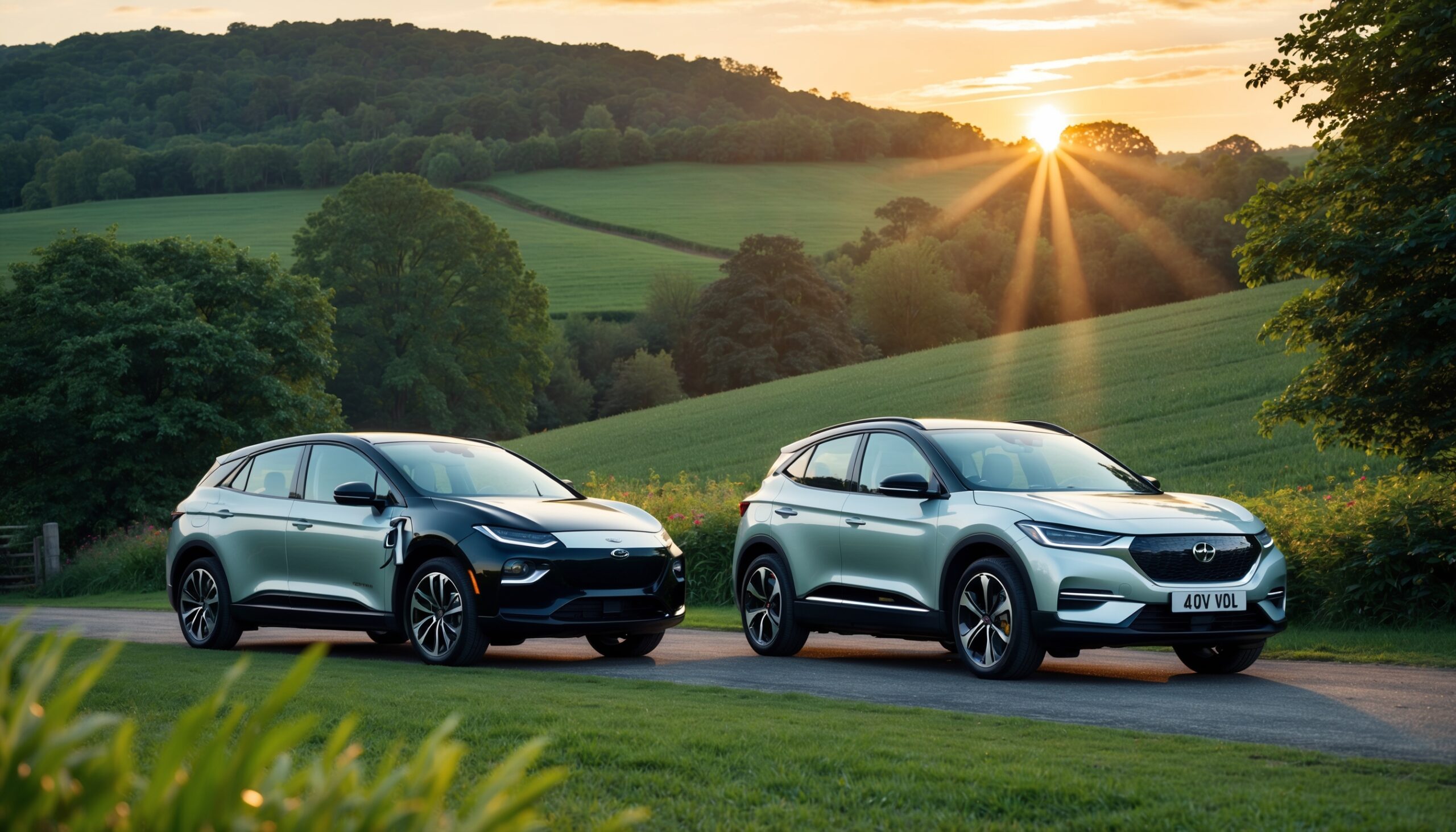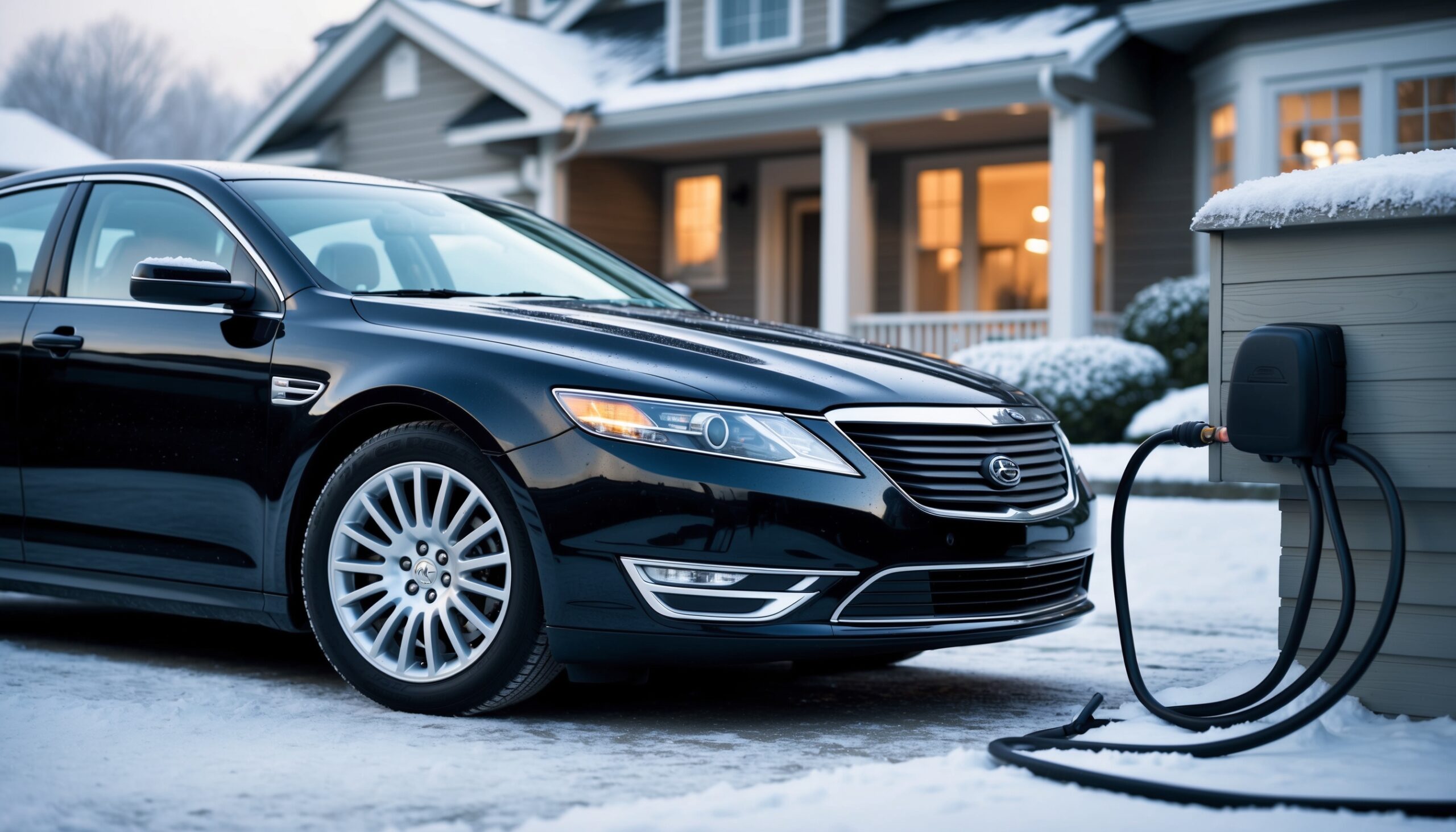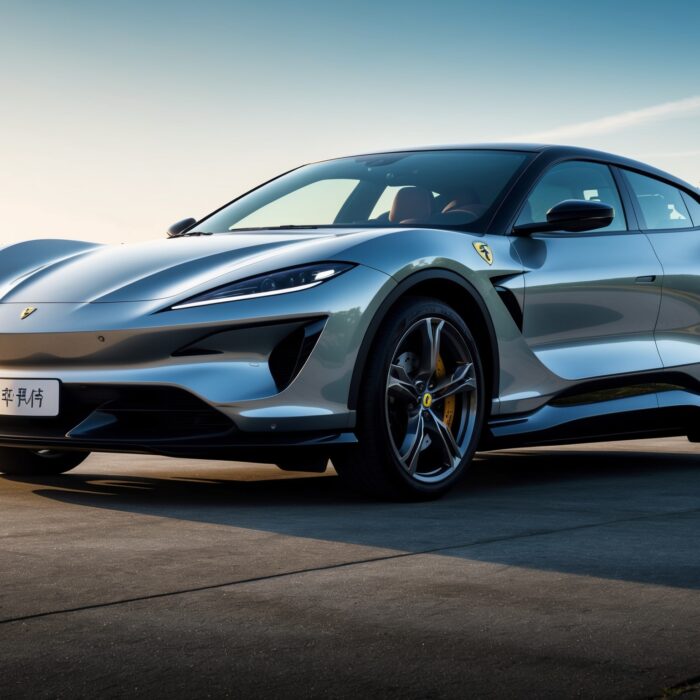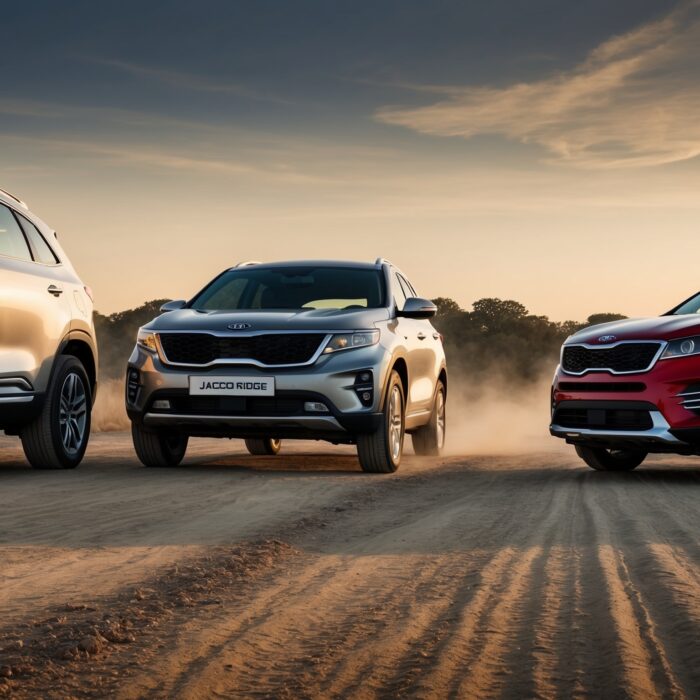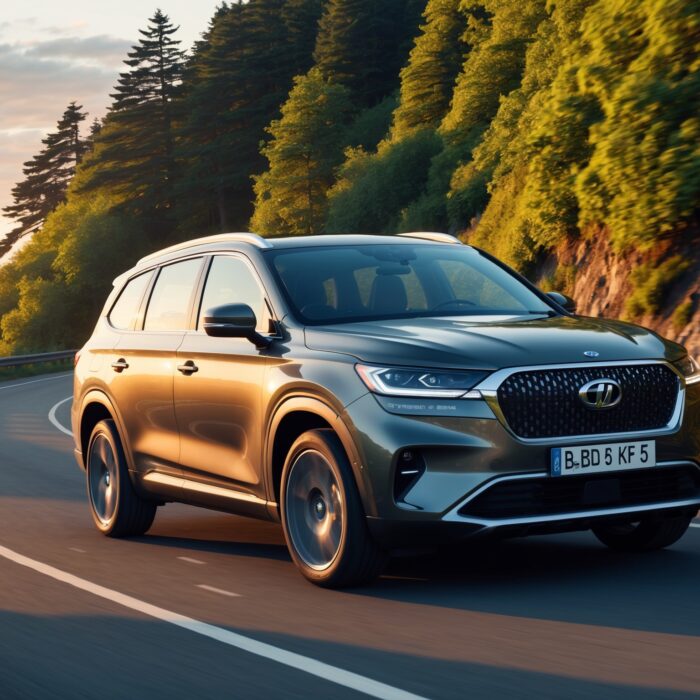Unveiling the Fascination of Horsepower in Modern Car Engines
When the conversation shifts to cars, one term that often makes an appearance is “horsepower.” It’s a word that evokes passion, excitement, and sometimes even a bit of confusion. For car enthusiasts, horsepower is more than just a number; it’s a representation of power, performance, and the sheer thrill of driving. At Torque Feed, we believe understanding horsepower is essential for anyone passionate about automobiles. So, let’s dive deep into the fascinating world of horsepower in modern car engines.
What is Horsepower?
Horsepower is a unit of measurement that quantifies the power output of an engine. But where did the term come from? In the late 18th century, Scottish engineer James Watt needed a way to market his steam engines. He compared their output to that of a horse, which was a common work animal at the time. Thus, the term “horsepower” was born. One horsepower is equivalent to 746 watts, a figure that still holds true today.
Types of Horsepower
When discussing horsepower, it’s important to note that there are different types, each serving a different purpose and context:
Also Read: The Fascinating Reason Engines Still Use Horsepower
- Brake Horsepower (BHP): This measures the engine’s output before the loss of power from accessories like the alternator and water pump. It gives a clear indication of the engine’s capability.
- Engine Horsepower (EHP): This is the total horsepower generated by the engine, including losses from the drivetrain. It’s a more realistic representation of what you can expect when driving.
- Metric Horsepower: Commonly used in Europe, this measurement is slightly different from the standard horsepower, as 1 metric horsepower is approximately 735.5 watts.
- Wheel Horsepower: This is the power measured at the wheels of the vehicle, taking into account losses through the drivetrain. It’s often lower than the brake horsepower due to friction and other factors.
The Role of Horsepower in Performance
Horsepower plays a crucial role in how a car performs. It directly influences acceleration, top speed, and overall driving experience. But horsepower alone doesn’t tell the whole story; it needs to be balanced with torque, the twisting force that propels the vehicle forward. Let’s break down how these two elements work together:
- Acceleration: A higher horsepower rating generally means quicker acceleration. However, if the torque isn’t sufficient to complement that horsepower, the car might struggle to gain speed effectively.
- Top Speed: Horsepower is essential for reaching high speeds. The more horsepower an engine has, the faster it can propel the vehicle once it overcomes aerodynamic drag.
- Driving Experience: A well-balanced combination of horsepower and torque provides a smoother driving experience. For instance, a car with high torque at low RPMs allows for effortless acceleration without needing to rev the engine too much.
Modern Engine Technologies and Horsepower
As technology has evolved, so have the capabilities of modern engines. Manufacturers are finding innovative ways to boost horsepower without sacrificing efficiency or reliability. Here’s how they do it:
- Turbocharging: Turbochargers compress incoming air, allowing more air into the engine. This increased airflow leads to higher horsepower without significantly increasing engine size.
- Supercharging: Similar to turbocharging, superchargers force more air into the engine but are powered by the engine itself. This means immediate power delivery, making them popular in performance vehicles.
- Direct Injection: This technology injects fuel directly into the combustion chamber, allowing for more precise fuel delivery and better combustion efficiency, resulting in more power.
- Variable Valve Timing: This allows engines to adjust the timing of the intake and exhaust valves for optimized performance across different RPM ranges, enhancing both horsepower and torque.

The Relationship Between Horsepower and Fuel Efficiency
One common misconception is that high horsepower always leads to poor fuel economy. However, this isn’t necessarily the case in modern vehicles. Thanks to advancements in technology, many high-horsepower engines are designed with fuel efficiency in mind. Here’s how:
Also Read: The Fascinating Reason Engines Still Use Horsepower
- Smaller Engines with Turbocharging: Smaller displacement engines can produce more horsepower through turbocharging, allowing them to maintain efficiency while delivering power.
- Hybrid Technologies: Hybrid vehicles combine electric motors with traditional engines, often allowing for high horsepower ratings while significantly improving fuel economy.
- Engine Management Systems: Advanced engine management systems optimize fuel-air mixtures and ignition timing, ensuring that even high-powered engines run efficiently.
Horsepower in Sports Cars vs. Everyday Vehicles
When it comes to horsepower, the differences between sports cars and everyday vehicles are stark. Sports cars are designed with performance in mind, often boasting high horsepower ratings that can provide exhilarating driving experiences. Let’s explore these differences:
- Sports Cars: Vehicles like the Ferrari 488 or the Porsche 911 are engineered for speed and agility, often exceeding 500 horsepower. These cars utilize lightweight materials and advanced aerodynamics to maximize their performance capabilities.
- Everyday Vehicles: On the other hand, vehicles designed for daily commuting, like sedans or compact cars, typically focus on a balance of horsepower and fuel efficiency. A compact car may have around 150-200 horsepower, providing adequate performance for urban driving without excessive fuel consumption.
Understanding the Horsepower Wars
The automotive industry is no stranger to competition, and the quest for the highest horsepower has led to what many enthusiasts refer to as the “horsepower wars.” This phenomenon sees manufacturers continually pushing the boundaries of what’s possible in terms of engine performance. Here are a few notable examples:
- Dodge Challenger Demon: This beast of a car made headlines with its staggering 840 horsepower. It’s designed for drag racing and showcases what’s possible when manufacturers focus solely on power.
- Bugatti Chiron: With an incredible 1,479 horsepower, the Chiron is one of the most powerful production cars in the world, emphasizing the extremes of engineering and design.
- Ford Mustang Shelby GT500: The latest iteration of the Mustang Shelby packs a punch with over 700 horsepower, showcasing how American muscle has evolved to compete with European performance cars.
How to Measure Horsepower Yourself
If you’re feeling adventurous and want to measure your vehicle’s horsepower, you can do so using a dynamometer. A dynamometer measures the force produced by your engine and can provide you with accurate horsepower readings. Here’s a simple guide on how you might go about it:
- Find a Local Dynamometer: Many performance shops offer dynamometer services. Look for one that specializes in your type of vehicle.
- Prepare Your Vehicle: Ensure your car is in good condition. Check the tire pressure, fluid levels, and that it has a full tank of gas.
- Run the Tests: The technician will strap your vehicle to the machine and run a series of tests to measure horsepower at the wheels.
- Analyze the Results: Once the tests are complete, you’ll receive a report detailing your vehicle’s horsepower and torque curves, which can be exciting to review!
The Future of Horsepower
As the automotive industry moves towards electrification, the concept of horsepower is evolving. Electric vehicles (EVs) are changing the landscape, showcasing instant torque and impressive horsepower figures. Here’s what the future might hold:
- Electric Motors: EVs like the Tesla Model S deliver impressive horsepower ratings, often exceeding traditional combustion engines. The instant torque provided by electric motors means thrilling acceleration.
- Hybrid Performance: Hybrid vehicles are becoming more common, blending the best of both worlds. They can provide high horsepower while maintaining better fuel efficiency.
- Innovative Design: As technologies like solid-state batteries develop, the potential for even more powerful electric vehicles will emerge, possibly redefining our understanding of horsepower.
The Community of Horsepower Enthusiasts
At the heart of the fascination with horsepower is a vibrant community of enthusiasts who share a passion for cars. From forums to car meets, there are numerous ways to connect with fellow horsepower lovers. Here’s how you can get involved:
- Join Online Forums: Websites and forums dedicated to car enthusiasts are great places to discuss horsepower, share experiences, and learn from others.
- Attend Car Shows: Car shows and meets provide an opportunity to see high-horsepower vehicles up close and meet their owners. You might even get to experience some thrilling rides!
- Participate in Racing Events: For those who love the adrenaline rush, participating in local racing events or track days can be an exhilarating way to test the limits of your vehicle.
As we continue to explore the intricacies of modern car engines, it’s clear that horsepower remains a thrilling aspect of automotive culture. Whether you’re a casual driver or a die-hard enthusiast, understanding horsepower enhances your appreciation for the engineering feats that make our vehicles what they are. At Torque Feed, we’re excited about the ongoing evolution of horsepower and look forward to seeing how it shapes the future of driving.

